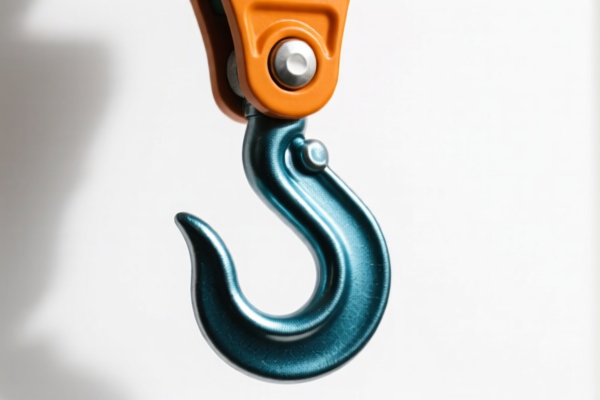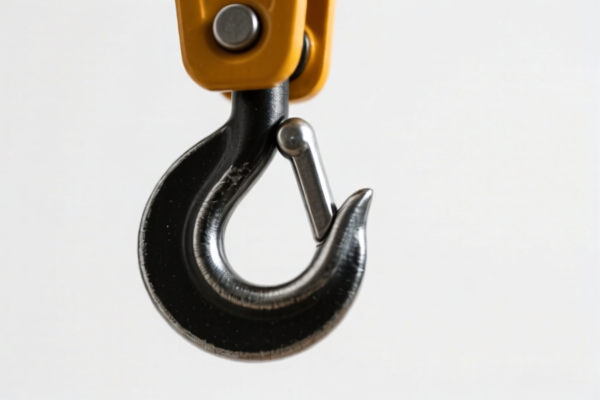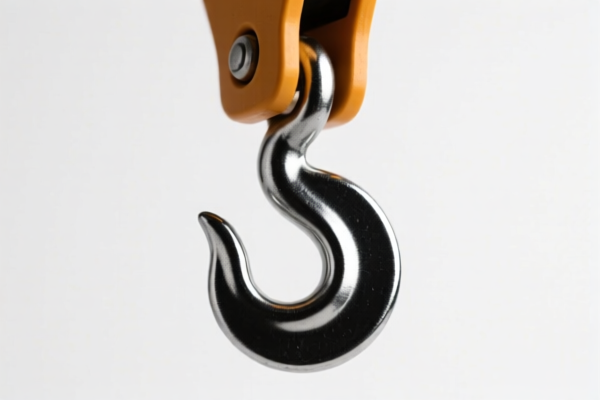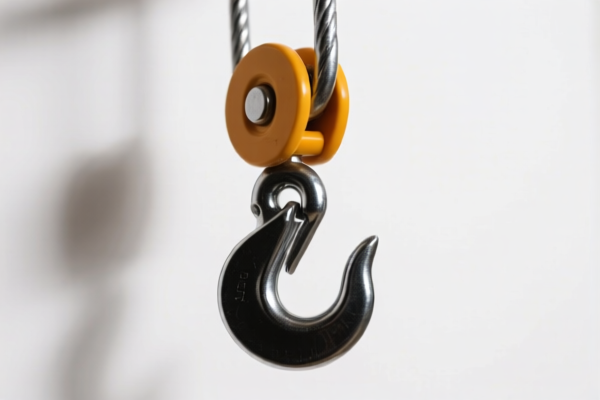| HS Code | Official Doc | Tariff Rate | Origin | Destination | Effective Date |
|---|---|---|---|---|---|
| 7312105000 | Doc | 80.0% | CN | US | 2025-05-12 |
| 5402510000 | Doc | 63.8% | CN | US | 2025-05-12 |
| 5607903500 | Doc | 58.4% | CN | US | 2025-05-12 |




Okay, let's break down the HS codes and tax implications for your declared goods – LIFTING ROPE. Here's a structured analysis to help you understand the classification, duties, and important considerations:
Understanding HS Codes – A Quick Primer
HS codes (Harmonized System codes) are internationally standardized codes used to classify traded products. They're crucial for determining tariffs, trade regulations, and statistical tracking. The first 6 digits are generally standardized globally, while the last digits can vary by country.
1. 7312.10.50.00 – Stranded Wire, Ropes, Cables of Iron or Steel (Stainless Steel, Fitted with Fittings)
- 73: Iron and steel articles. This broadly categorizes the product as being made of iron or steel.
- 12: Chain, cables, fittings, anchor chains, etc. This narrows it down to wire products like ropes and cables.
- 10: Stranded wire, ropes and cables. Specifically identifies stranded wire, ropes, and cables.
- 50: Of stainless steel, fitted with fittings or made up into articles. This further specifies the material as stainless steel and indicates the presence of fittings or assembly into finished articles.
Tax Implications:
- Basic Duty: 0.0%
- Additional Duty (Tariff): 25.0%
- Post April 2, 2025: Additional Duty increases to 30% for steel and aluminum products.
- Total Tax: 80.0%
Important Considerations:
- Material Verification: Crucially, confirm that the ropes are entirely stainless steel. Any other metal content could change the HS code and tax rate.
- Fittings: The presence of fittings is noted in the HS code. The material of the fittings themselves could also impact classification.
- End Use: While not immediately critical, be prepared to provide details on the end use of the ropes.
2. 5402.51.00.00 – Synthetic Filament Yarn (Nylon or Other Polyamides)
- 54: Textile fibres. This indicates the product is a textile material.
- 02: Synthetic filament yarn. Specifically identifies synthetic yarn.
- 51: Other yarn, single, with a twist exceeding 50 turns/m. This narrows it down to single yarn with a specific twist rate.
- 00: Of nylon or other polyamides (606). This specifies the material as nylon or other polyamides.
Tax Implications:
- Basic Duty: 8.8%
- Additional Duty (Tariff): 25.0%
- Post April 2, 2025: Additional Duty increases to 30%.
- Total Tax: 63.8%
Important Considerations:
- Yarn Count & Twist: Ensure the yarn count and twist rate accurately match the HS code description.
- Retail Packaging: The HS code specifies "not put up for retail sale." If the yarn is packaged for retail, the classification will change.
- Denier: Confirm the decitex (a measure of yarn thickness) is less than 67.
3. 5607.90.35.00 – Twine, Cordage, Ropes & Cables (Abaca/Hard Fibers)
- 56: Vegetable fibres. This indicates the product is made from plant-based fibres.
- 07: Twine, cordage, ropes, cables. Specifically identifies these products.
- 90: Other. This indicates it doesn't fall into more specific categories within 5607.
- 35: Of abaca (Manila hemp) or other hard (leaf) fibres. This specifies the material as abaca or other hard fibres.
Tax Implications:
- Basic Duty: 3.4%
- Additional Duty (Tariff): 25.0%
- Post April 2, 2025: Additional Duty increases to 30%.
- Total Tax: 58.4%
Important Considerations:
- Fiber Composition: Critically, confirm the primary fiber is abaca or another hard fiber. Any significant blend with synthetic fibers will change the HS code.
- Impregnation/Coating: The HS code covers products "whether or not impregnated, coated, covered or sheathed." The materials used for any impregnation/coating could be relevant.
- Plaited/Braided: The HS code covers products "whether or not plaited or braided."
Recommendations & Next Steps:
- Detailed Product Specifications: Gather precise specifications for each type of lifting rope, including material composition, manufacturing process, dimensions, and end use.
- Material Certificates: Obtain certificates of origin and material composition from your suppliers.
- Review April 2, 2025 Changes: Be aware of the upcoming tariff changes on steel and aluminum products.
- Consult with a Licensed Customs Broker: I strongly recommend working with a licensed customs broker in China. They can provide expert guidance on classification, valuation, and compliance.
- Check for Specific Regulations: Certain types of lifting ropes may be subject to specific safety regulations or standards. Ensure you comply with all applicable requirements.
Disclaimer: I am an AI assistant and cannot provide definitive customs classification advice. This information is for general guidance only. Always consult with a qualified customs professional for accurate and up-to-date information.
Customer Reviews
The site is great for finding HS codes, but I wish there was more guidance on how to verify the exact material composition of the lifting ropes for accurate classification.
I found the explanation about the 5607903500 HS code for abaca ropes very useful. The tax breakdown and fiber composition considerations were spot-on for my export needs.
The information on the 5402510000 HS code was helpful, but I had to do a bit more research to confirm if my product fits the 'not put up for retail sale' category. Still, it gave me a good starting point.
This site provided clear HS code details for stainless steel lifting ropes. The breakdown of the 7312105000 code and tax implications was exactly what I needed for exporting.